Food Science
41 posts

The Science of Food: Understanding Nutrition, Safety, and Culinary Innovation
Food is more than just sustenance; it’s a cornerstone of culture, health, and innovation. Behind every bite lies a world of science—an intricate blend of biology, chemistry, and physics that …

The Ethical Dimensions of Food Production and Consumption
Food is not just a source of nourishment; it is also deeply intertwined with cultural, environmental, and ethical considerations. As we navigate the complexities of modern food systems, it is …

The Importance of Interdisciplinary Collaboration in Food Science Research
Food science is an inherently interdisciplinary field, requiring expertise from various domains to fully understand the complexities of food systems. From ensuring food safety to enhancing nutritional value and developing …
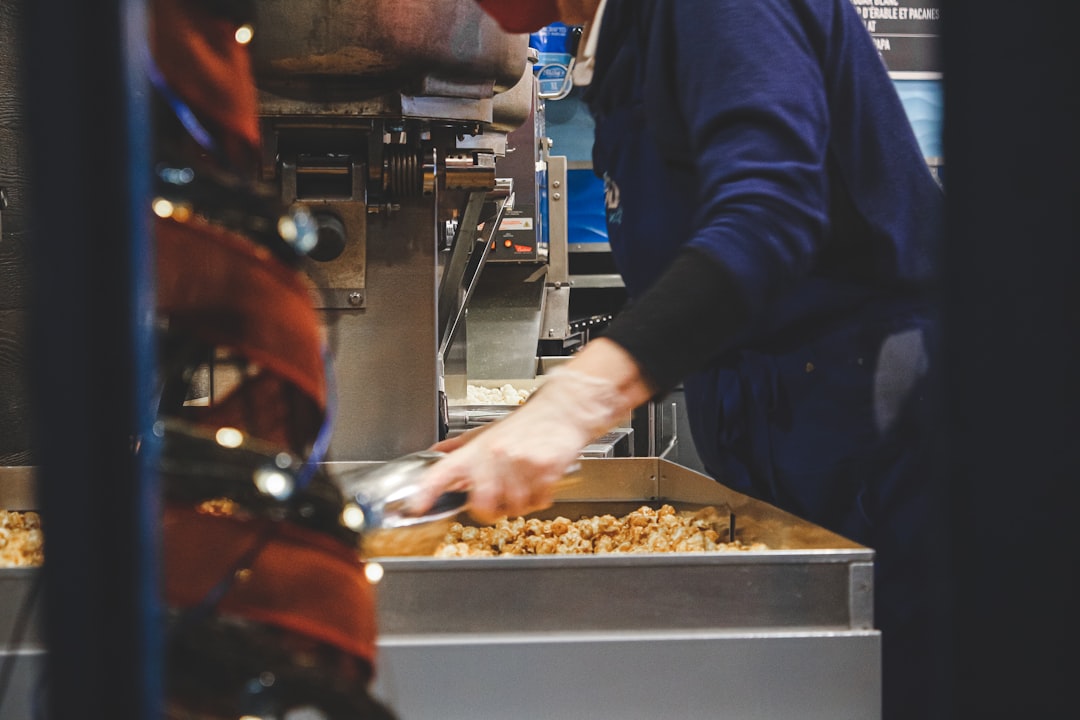
The Future of Food Science: Emerging Technologies and Research Directions
Food science is an ever-evolving field, driven by technological advancements and a deepening understanding of how food interacts with human health, the environment, and society. As the global population continues …

The Role of Food Science in Addressing Global Food Challenges
The world is facing numerous food-related challenges that impact millions of people every day—ranging from food security and malnutrition to the environmental impact of food production. With the global population …

The Impact of Globalization on Food Production and Consumption
Globalization has drastically reshaped every aspect of modern life, and one of the most significant areas affected is food production and consumption. With the rise of global interconnectedness, the way …

The History of Food Science and Technology: From Ancient Practices to Modern Innovations
Food science and technology have evolved significantly over the centuries, transforming from ancient preservation techniques to the cutting-edge innovations we see today. The study of food science encompasses various fields, …

Connecting with Food Science Organizations and Initiatives: A Global Perspective with a Focus on Germany
In the ever-evolving world of food science, staying connected with key organizations and initiatives can open up a wealth of opportunities for learning, collaboration, and innovation. Whether you are a …

Food Preservation Techniques for Home Cooks: Canning, Pickling, and More
As home cooks, we often find ourselves with an abundance of fresh produce, whether from a seasonal garden, a successful farmers' market trip, or even a good sale at the …

The Science of Coffee and Tea: Understanding Flavor Extraction
Coffee and tea are two of the most beloved beverages worldwide, enjoyed by millions for their flavor, aroma, and stimulating effects. But have you ever wondered what makes your cup …

The Science of Baking: Understanding Gluten and Leavening Agents
Baking is often considered both an art and a science, where the right ingredients, proportions, and techniques come together to create delicious pastries, breads, and cakes. But behind the magic …
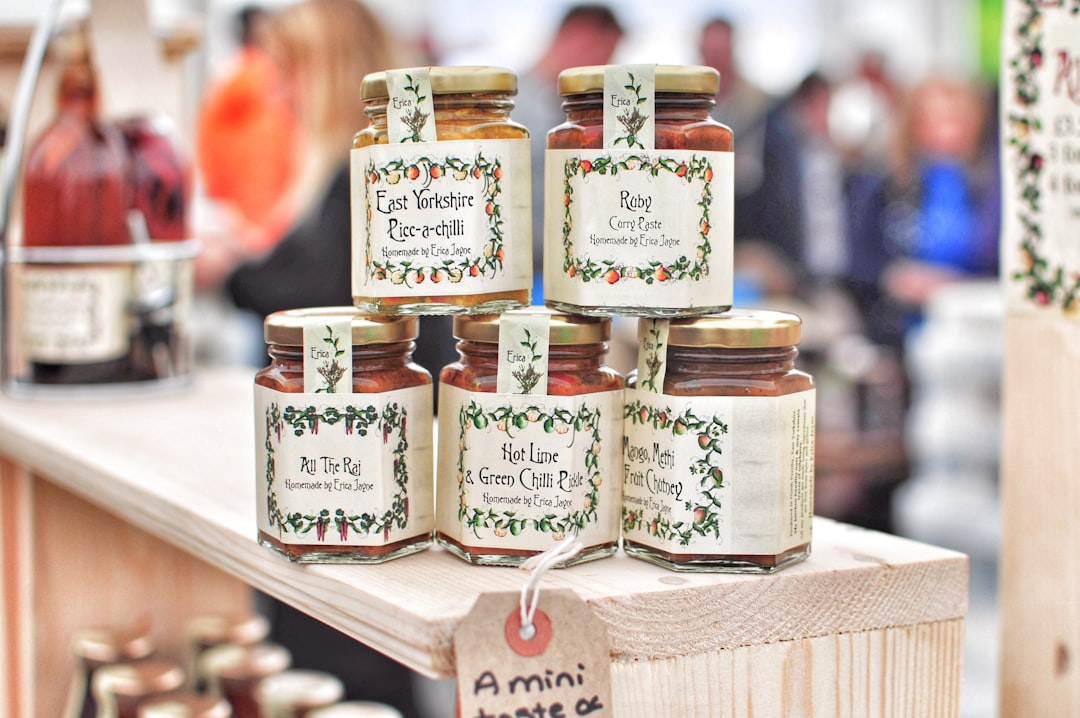
Understanding Food Labels and Making Informed Food Choices
When you pick up a food product at the grocery store, you’re often faced with an array of information on the packaging. From nutritional facts to ingredient lists, food labels …

DIY Food Science Experiments You Can Do at Home
Food science is all around us! From the way bread rises to the science behind caramelization, food is full of fascinating chemical reactions and physical processes. If you’re looking for …
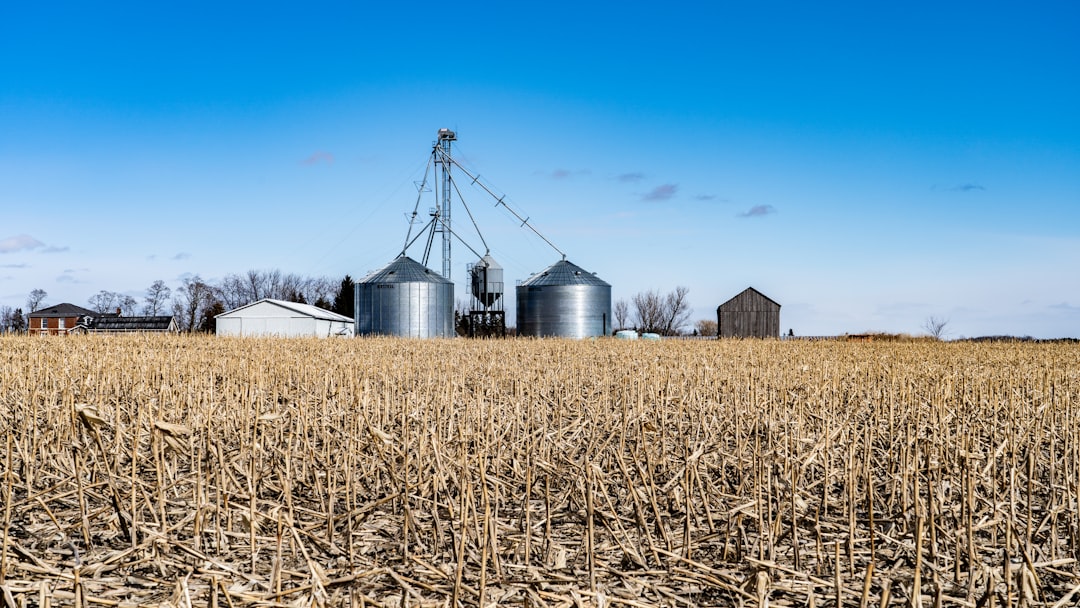
Developing Sustainable and Culturally Appropriate Food Products
In today’s globalized world, food production must meet the needs of an ever-growing and diverse population. As consumers become increasingly concerned with environmental sustainability and the cultural significance of the …
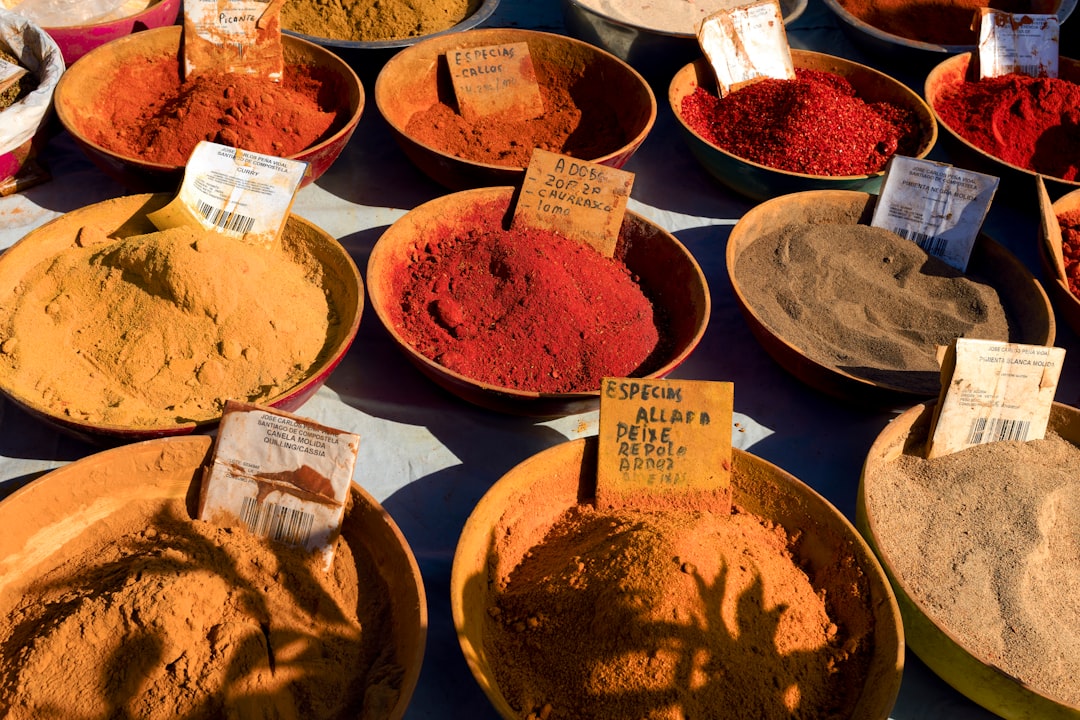
The Science of Flavor: Understanding the Complex Interactions of Taste and Aroma
Flavor is a central aspect of our food experience. It’s what makes us savor our meals, seek out new culinary adventures, and even create food memories that linger for years. …
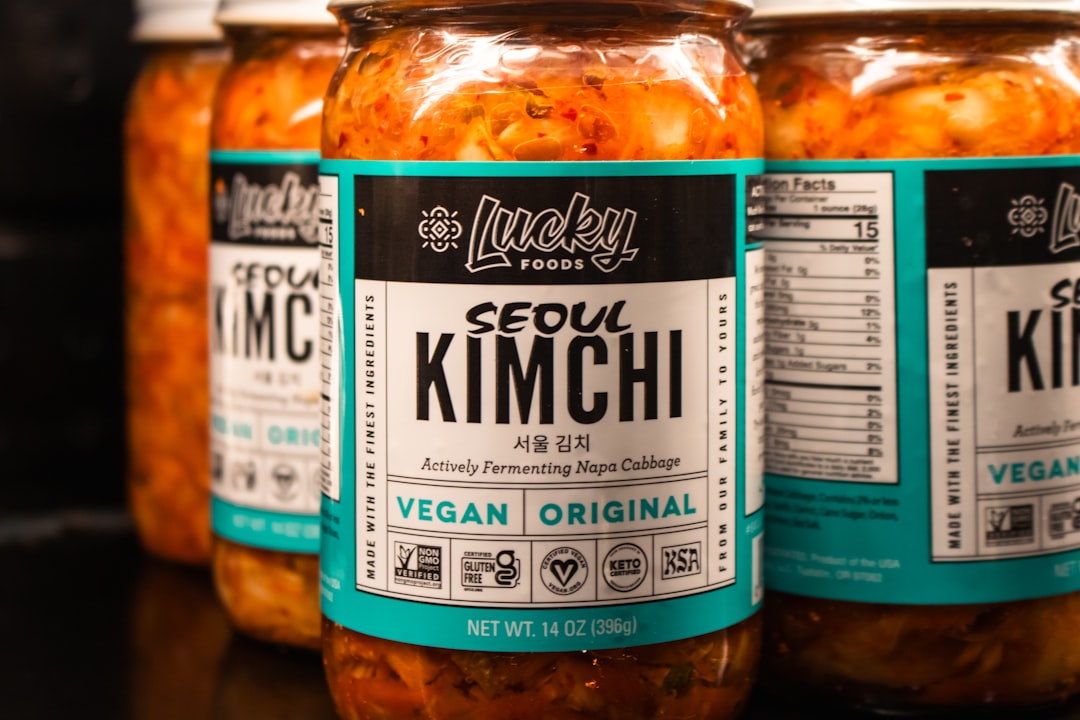
Food Preservation Techniques Across Cultures: Traditional and Modern Methods
Food preservation has been a vital practice throughout human history, ensuring that food can be stored, transported, and consumed long after its harvest or preparation. As populations grew and global …
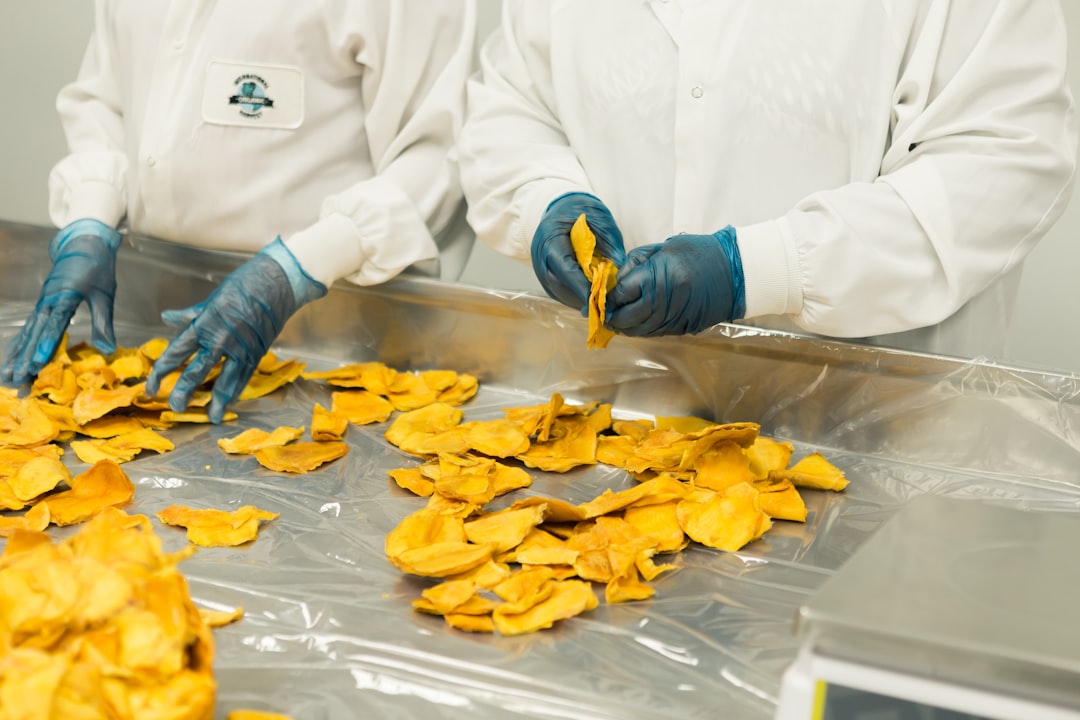
Food Anthropology: Understanding the Cultural Significance of Food
Food is far more than a source of nutrition; it is a powerful reflection of culture, tradition, and identity. From the simple act of sharing a meal to the intricate …
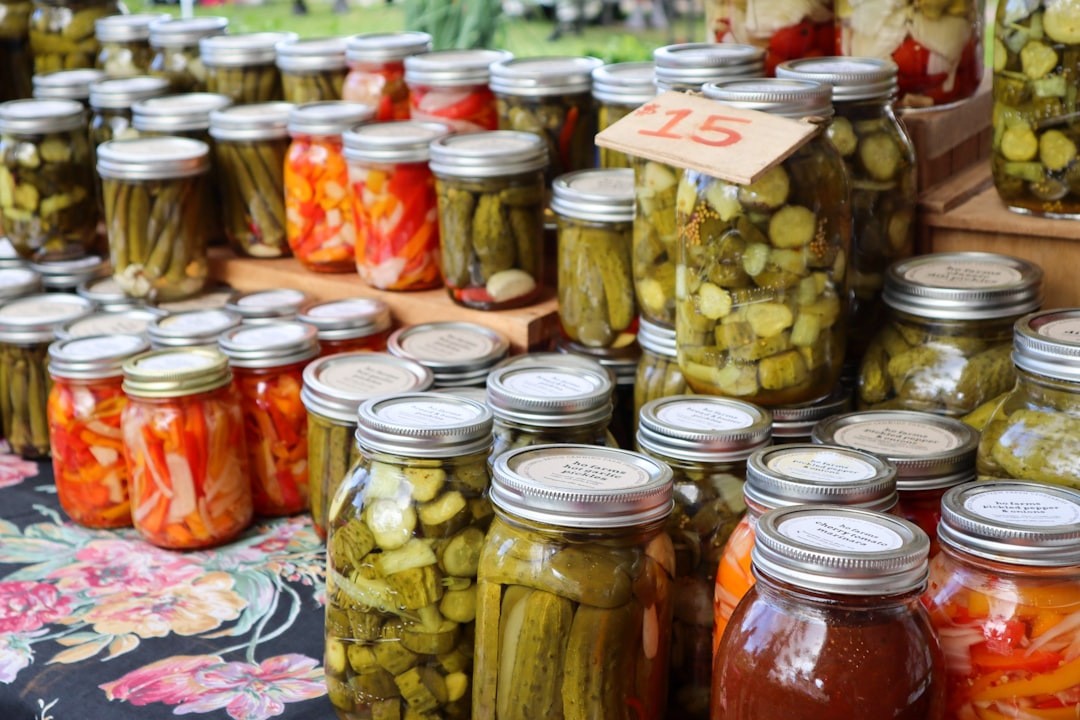
Fermented Foods: Exploring the Microbiology and Chemistry of Traditional Foods
Fermented foods have been an integral part of human diets for thousands of years. From sauerkraut and kimchi to yogurt and kefir, fermentation is not only a way to preserve …
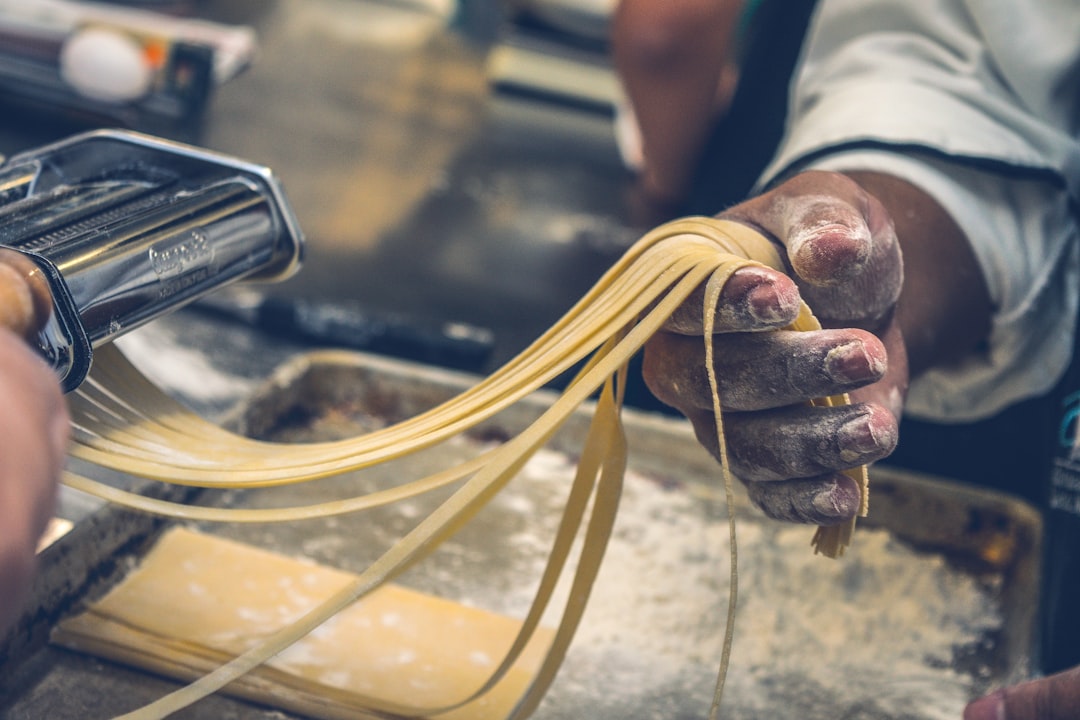
The Science of Cooking: Understanding the Chemical Reactions Behind Culinary Techniques
Cooking is often considered an art, but it is also a science. Behind every sizzle, bubble, and transformation in the kitchen lies a fascinating array of chemical reactions. Whether it's …

The Role of Food Science in Addressing Emerging Food Safety Risks
Food safety has always been a cornerstone of public health and consumer protection, but with the changing dynamics of the global food system, new and emerging risks are constantly arising. …

Food Fraud and Adulteration: Detection and Prevention Methods
Food fraud and adulteration are significant issues in the global food industry, causing economic losses, compromising food safety, and undermining consumer trust. With the increasing complexity of food supply chains …

Food Traceability: Tracking Food Products from Farm to Fork
In today’s globalized food supply chain, ensuring the safety, quality, and authenticity of food products has become more challenging than ever. With products sourced from various parts of the world, …
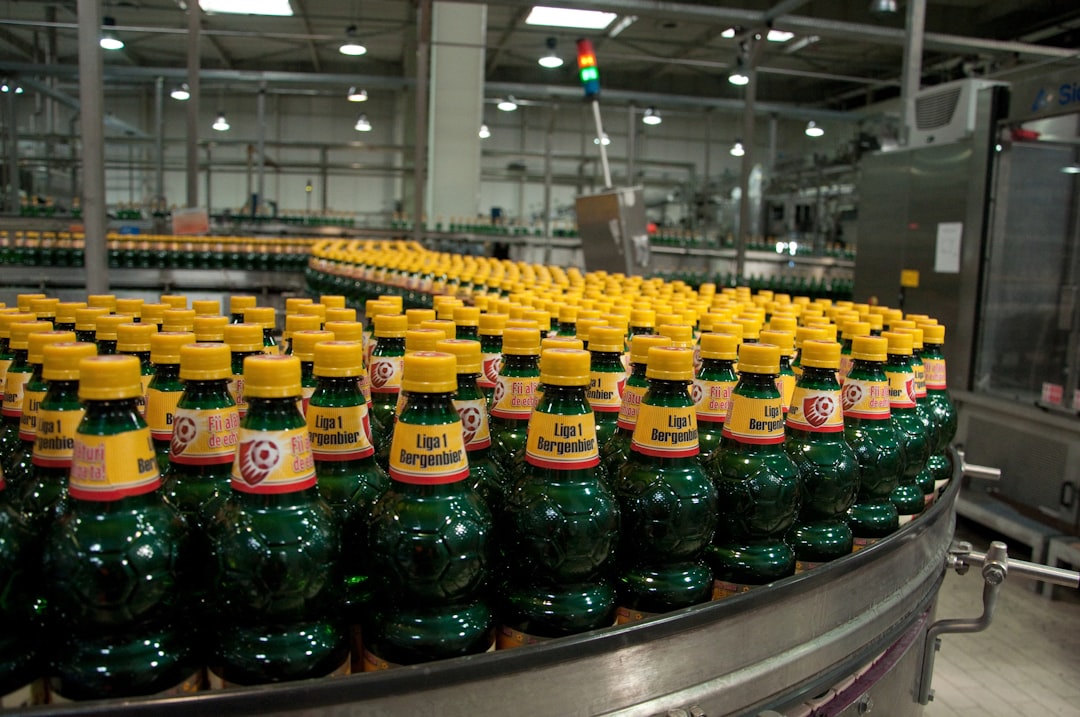
Food Regulations and Standards: Global and Regional Perspectives
Food regulations and standards play a crucial role in ensuring the safety, quality, and integrity of the food supply chain. They protect consumers from foodborne illnesses, prevent fraud, and ensure …
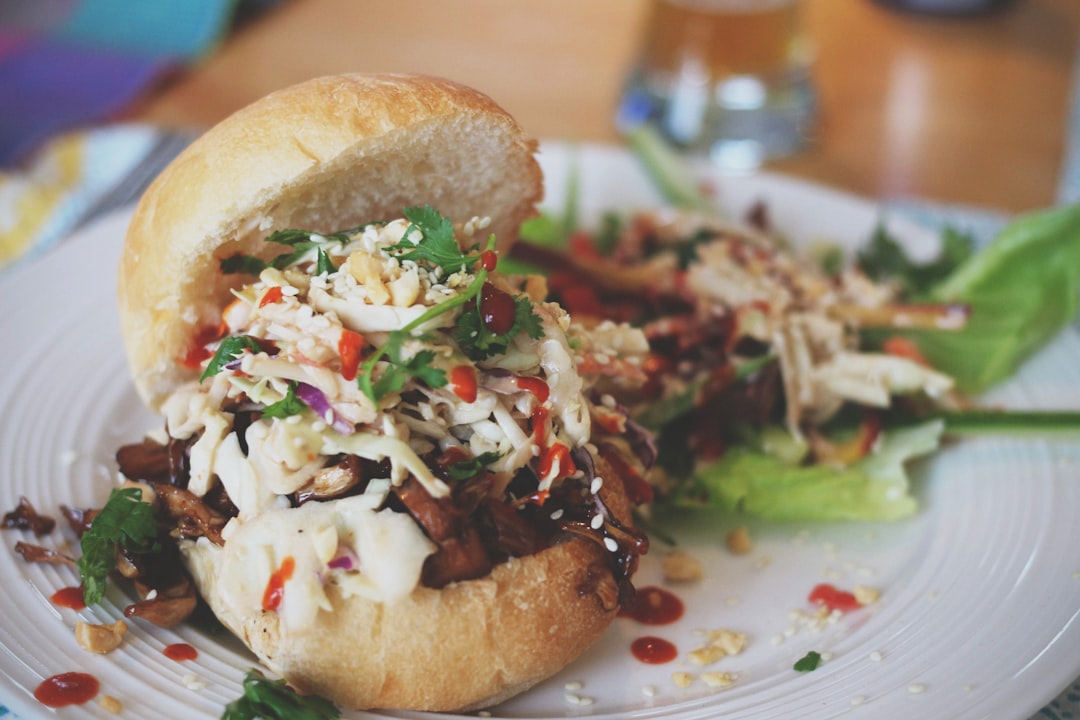
Hazard Analysis Critical Control Point (HACCP): Ensuring Food Safety in Production
Food safety is a top priority for food producers, processors, and manufacturers around the world. One of the most effective systems used to ensure food safety throughout the production process …

Foodborne Illnesses: Understanding the Causes and Prevention Strategies
Foodborne illnesses remain a significant global health issue, affecting millions of people each year. Whether caused by bacteria, viruses, parasites, or chemical contaminants, these illnesses can lead to discomfort, hospitalizations, …

The Role of Food Science in Developing Plant-Based and Alternative Protein Sources
As the world faces increasing concerns about climate change, sustainability, and health, the demand for plant-based and alternative protein sources has surged. Traditional animal-based proteins are resource-intensive and contribute to …

Food Analysis and Quality Control: Ensuring Food Safety and Authenticity
Ensuring the safety, quality, and authenticity of food is crucial in today’s global food industry. With the increasing variety of food products available, along with concerns about foodborne illnesses, contaminants, …

Novel Food Processing Technologies: High-Pressure Processing, Pulsed Electric Fields, and More
The food industry is constantly evolving, and new food processing technologies are helping improve the safety, quality, and nutritional value of our food. Traditional methods, such as cooking, freezing, and …

Food Biotechnology: Applications in Food Production and Processing
Food biotechnology is a rapidly growing field that combines biological sciences with food production processes. It involves the use of biotechnology techniques to improve the quality, quantity, and safety of …

Food Additives and Ingredients: Understanding Their Function and Safety
Food additives and ingredients are essential in modern food production, serving a variety of functions that improve the taste, texture, appearance, and shelf life of the foods we consume. However, …

Food Packaging: Innovations for Safety, Shelf Life, and Sustainability
In today’s fast-paced world, food packaging is more than just a way to protect food. It plays a crucial role in ensuring food safety, extending shelf life, and …

Developing Healthy and Sustainable Diets: Food Science and Nutrition Recommendations
In a world grappling with rising health concerns and environmental challenges, what we eat—and how we produce it—has never been more important. The concept of a healthy and sustainable diet …

Food Allergies and Intolerances: Understanding the Science Behind Adverse Reactions
Most of us eat without fear—but for millions, a simple bite can trigger a serious health response. Whether it’s a peanut allergy causing anaphylaxis or lactose intolerance leading to discomfort, …
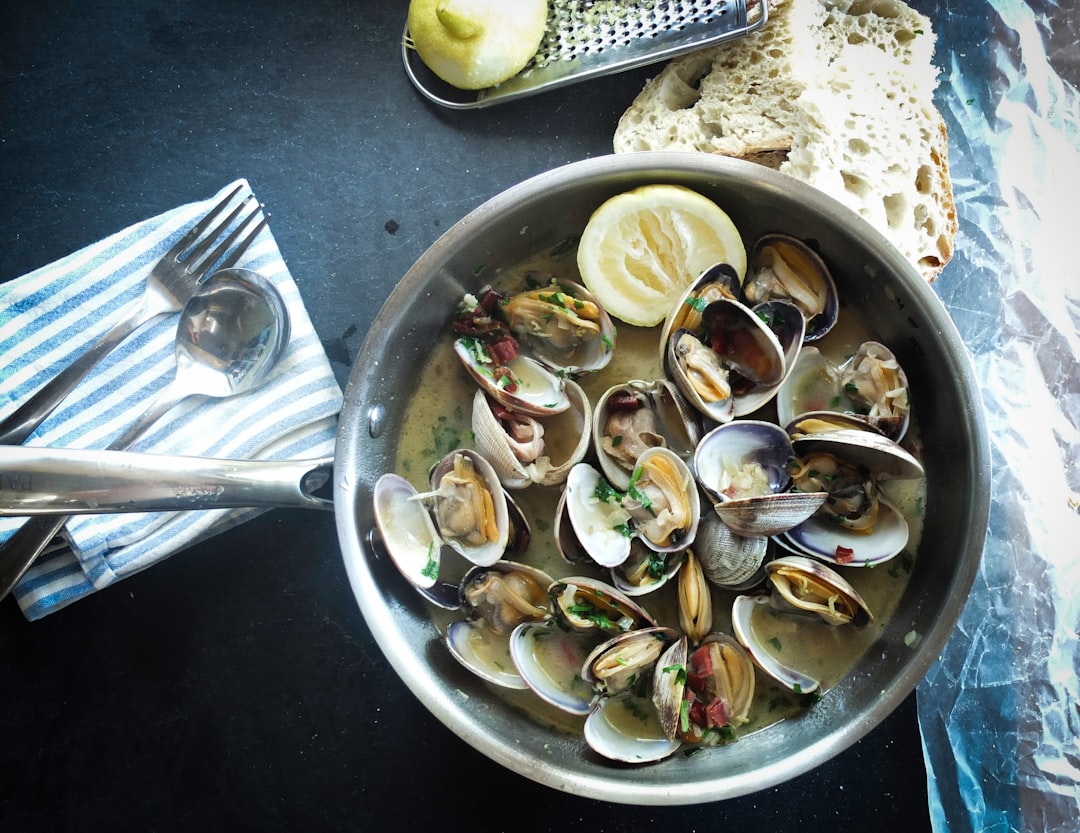
Functional Foods and Nutraceuticals: Exploring the Health Benefits of Specific Food Components
When we think of food, we often think of nourishment and taste. But what if food could also prevent disease, boost your immune system, or support mental clarity …

Food Fortification and Enrichment: Addressing Nutritional Deficiencies Worldwide
Hidden hunger doesn’t always look like starvation. Even when people get enough calories, they may still lack essential vitamins and minerals—a condition known as micronutrient deficiency. This global health …

Sensory Evaluation: Understanding How We Perceive and Enjoy Food
Why do we crave chocolate? Why does a juicy, grilled steak taste better than one that's boiled? Why does the aroma of freshly baked bread make us feel comforted? The …

Food Engineering: Designing and Optimizing Food Production Processes
Every time you grab a bag of chips, pour a glass of milk, or heat up a ready-made meal, you’re experiencing the result of food engineering—whether you realize it or …

Food Processing and Preservation: Techniques for Extending Shelf Life and Ensuring Safety
Imagine buying fresh milk that stays safe to drink for weeks—or enjoying strawberries in winter that were picked months ago. Thanks to food processing and preservation techniques, this is possible. …

Food Microbiology: Exploring the Role of Microorganisms in Food Safety and Production
When we hear the word "microorganisms," we often think of germs and diseases. But in the world of food science, microorganisms are both heroes and villains. They can spoil food …

Food Chemistry: Understanding the Composition and Reactions of Food Components
Have you ever wondered what gives your bread its golden crust, your chocolate its rich flavor, or your salad dressing its smooth texture? The answer lies in food chemistry—a …
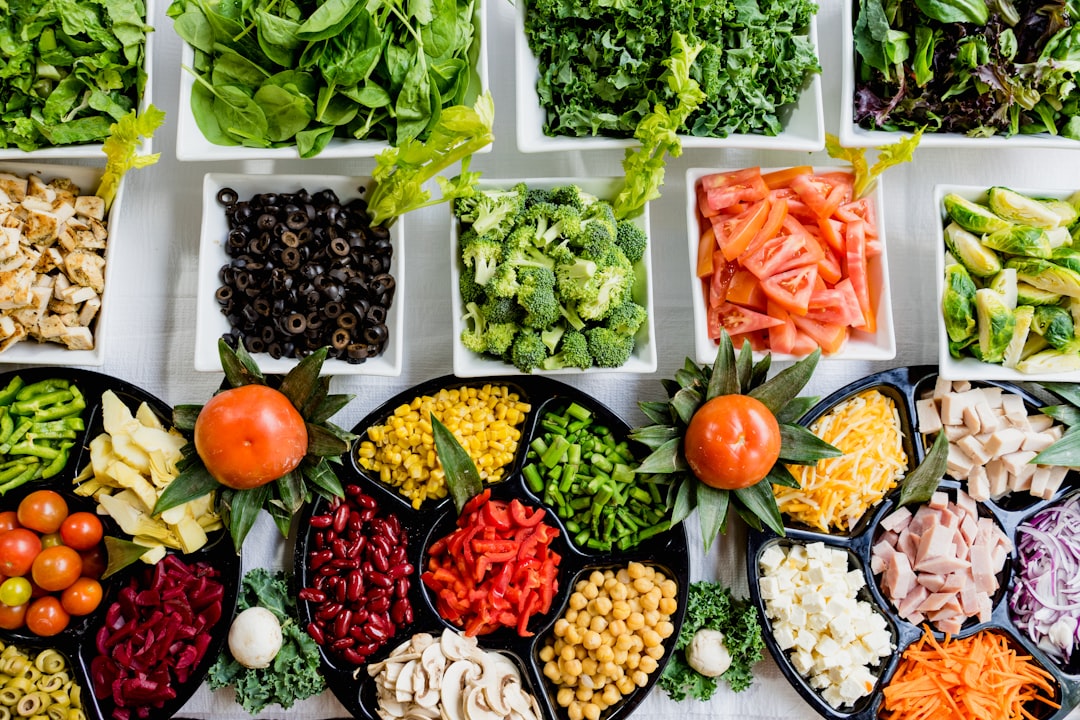
What is Food Science? Unveiling the Science Behind What We Eat
Food is more than just sustenance—it’s a blend of art, culture, and science. Ever wondered what goes into the food you enjoy every day? In this blog post, we’ll explore …